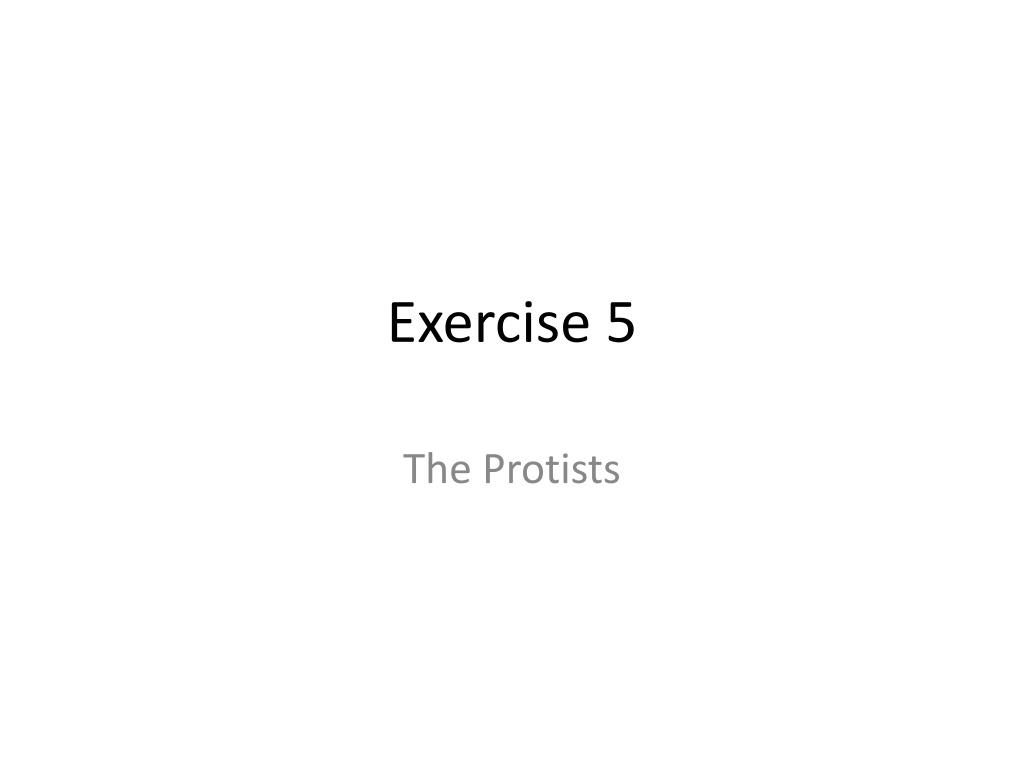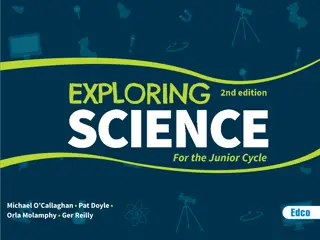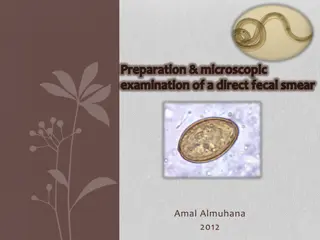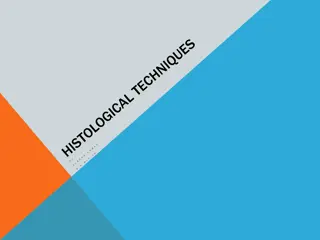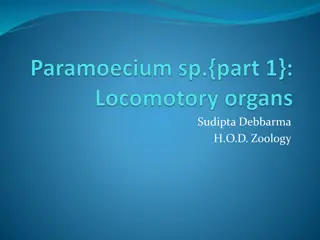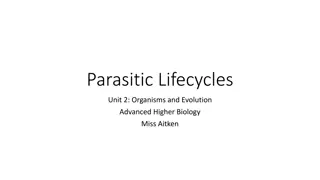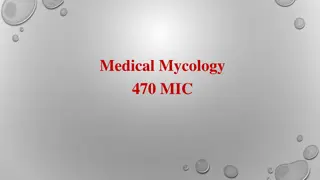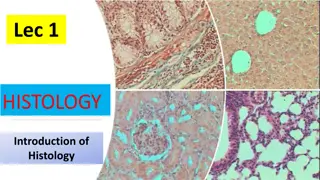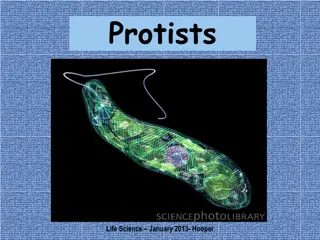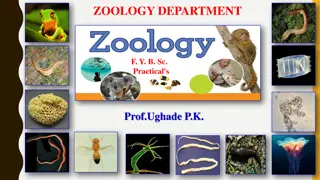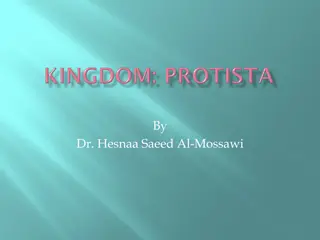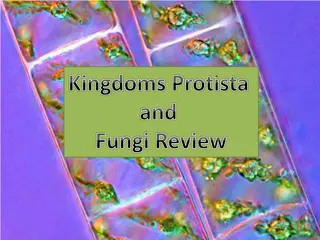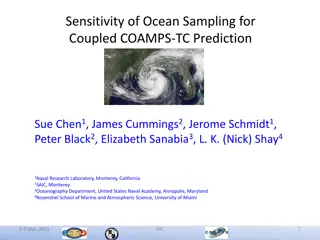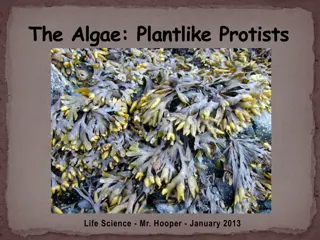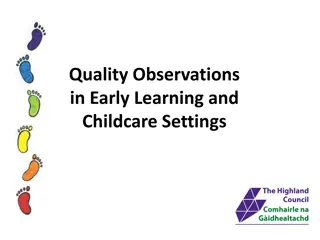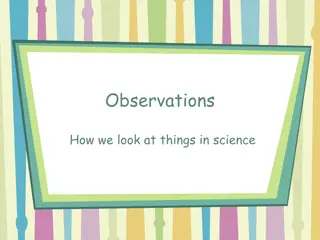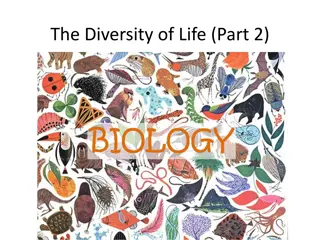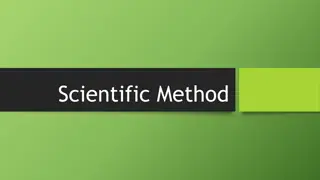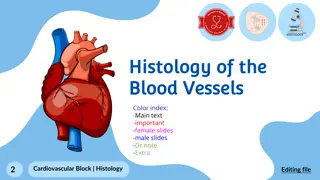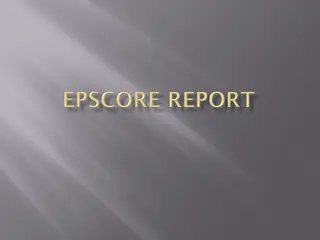The Diverse World of Protists Through Microscopic Observations
During this lab exercise, a wide variety of protists were observed, showcasing the diverse characteristics and behaviors within this group. The classification of protists is continuously evolving, focusing on convenience rather than evolutionary relationships. From autotrophs to heterotrophs with animal-like features, fungus-like organisms, and human disease-causing protists, the lab manual provides details on their roles in the environment, identifying structures, and functions. Images of diatom shells, Volvox, Euglena, Amoeba, Paramecium, Foraminifera tests, and live water mold were examined at various magnifications to study their distinct features.
Download Presentation

Please find below an Image/Link to download the presentation.
The content on the website is provided AS IS for your information and personal use only. It may not be sold, licensed, or shared on other websites without obtaining consent from the author. Download presentation by click this link. If you encounter any issues during the download, it is possible that the publisher has removed the file from their server.
E N D
Presentation Transcript
Exercise 5 The Protists
In this lab exercise, you observed the wide diversity of protistans. As you observe the organisms on this page. Classification of this group has been changing and studying them together is a matter of convenience, not an indication of evolutionary relationships. Notice the great diversity in this group. Some are autotrophs, some are heterotrophs whose characteristics make them more animal-like , others are more fungus-like and some cause disease in humans. Consult your lab manual for the role of each in its environment, the structures that you will need to recognize on each specimen, and their functions.
